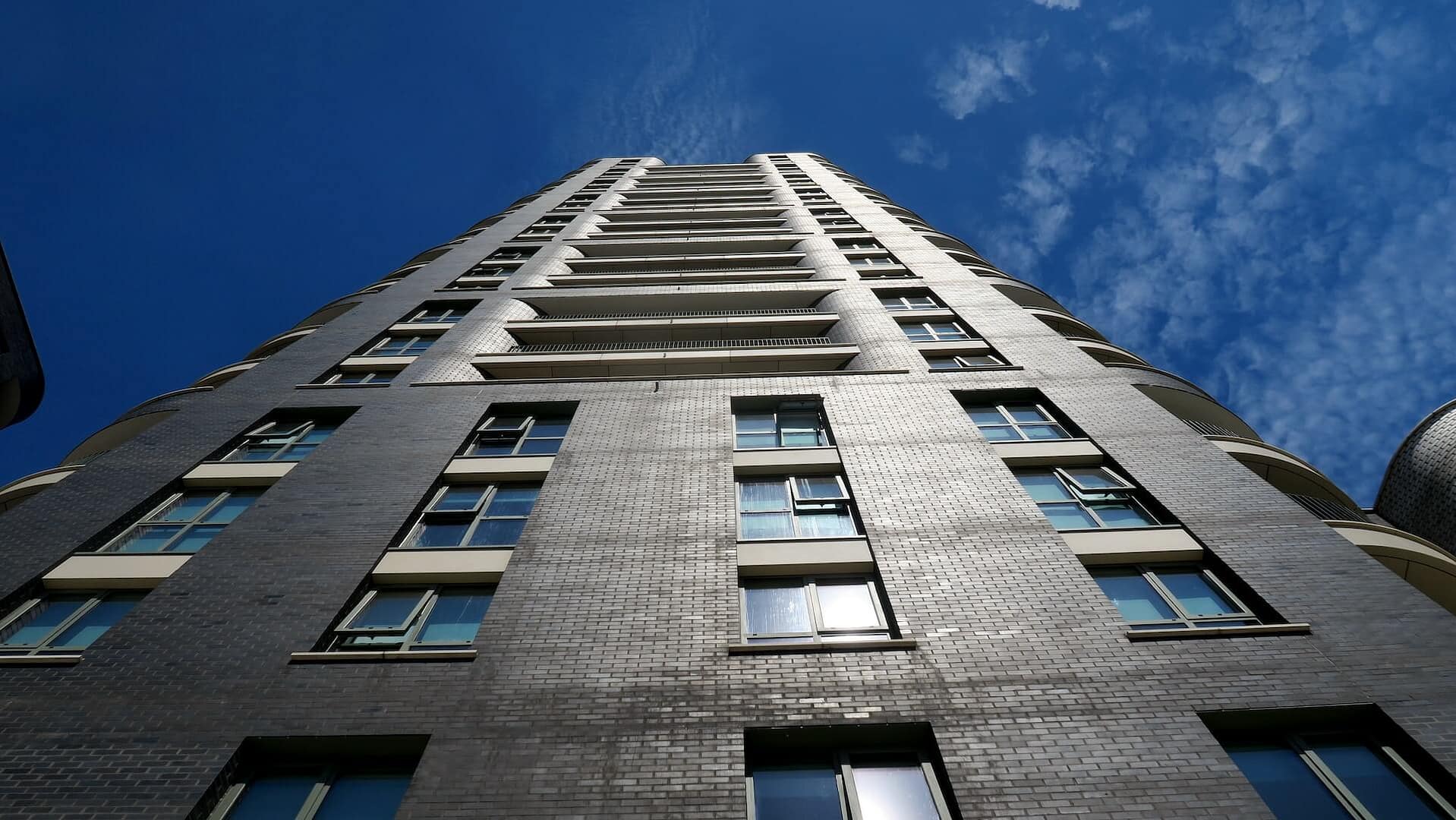The issue of disrepair in social housing is a pressing concern that affects communities across the globe. In this article, we will delve into the intricacies of disrepair rates, focusing on the comparison between public and private social housing. The objective is to shed light on the challenges faced by residents, understand why disrepair is challenging to address, and explore potential solutions.
Understanding Social Housing Disrepair
Social housing disrepair refers to the state of deterioration or neglect in residential properties provided by housing associations or local authorities. It encompasses a wide range of issues, from structural problems to heating and plumbing failures. The impact of disrepair goes beyond the physical aspects, affecting the well-being and quality of life of residents.
Living in a home with disrepair issues can be distressing for tenants. Imagine a scenario where a family residing in public social housing experiences persistent leaks, faulty heating systems, and crumbling walls. These issues not only jeopardise their physical safety but also create emotional stress and discomfort.
Disrepair can manifest in various forms, including mould growth, dampness, and electrical faults. These problems often arise from the ageing infrastructure of social housing units, inadequate maintenance, or insufficient funding for necessary repairs.
The Challenge of Addressing Disrepair in Public Housing
One of the major hurdles in resolving disrepair issues in public social housing is the bureaucratic nature of housing associations and local authorities. Residents often find themselves trapped in a labyrinth of paperwork and procedures when attempting to report and rectify problems in their homes.
For instance, a tenant living in a public housing unit notices a persistent leak in the bathroom ceiling. When they contact the housing association to report the issue, they may face a convoluted process involving multiple departments and personnel. This bureaucratic maze can delay the initiation of repairs, exacerbating the problem and causing frustration for the tenant.
Moreover, public housing entities may struggle with limited resources and tight budgets. This financial constraint can hinder their ability to address disrepair promptly. While there may be a genuine desire to rectify issues, the lack of funding can lead to prolonged waiting periods for residents seeking essential repairs.
The Dynamics of Disrepair in Private Social Housing
On the flip side, private social housing is not immune to disrepair challenges. In privately owned social housing, landlords or property management companies are responsible for maintenance and repairs. However, the dynamics differ significantly from public housing.
In private social housing, there is often a more direct line of communication between tenants and landlords. This streamlined communication can facilitate quicker responses to reported issues. Picture a scenario where a tenant in private social housing faces a heating system malfunction. They can directly contact their landlord, who may promptly arrange for repairs without the bureaucratic hurdles seen in public housing.
Despite the potential advantages of streamlined communication, private social housing also faces obstacles in addressing disrepair. Some landlords might prioritise cost-cutting measures over timely repairs, especially in a competitive rental market. This profit-driven approach can result in delayed or subpar maintenance, leaving tenants in private social housing in a state of disrepair.
Analysing Disrepair Rates: Public vs. Private
Now, let’s delve into the comparative analysis of disrepair rates between public and private social housing. This analysis is crucial for understanding the broader trends and identifying areas for improvement in both sectors.
In public social housing, the challenges are often systemic, rooted in bureaucratic processes and limited resources. Disrepair rates may be higher due to the difficulties residents face in navigating complex reporting procedures and the prolonged waiting times for essential repairs.
On the other hand, private social housing may experience lower disrepair rates, thanks to the more direct communication channels between tenants and landlords. However, the profit-driven mindset in some cases may lead to delayed or inadequate repairs, impacting the overall quality of housing.
Breaking the Cycle: Solutions for Improved Social Housing
Addressing disrepair in both public and private social housing requires a multi-faceted approach. Authorities, housing associations, and landlords must collaborate to create a system that prioritises the well-being of residents while ensuring the sustainability of housing infrastructure.
Streamlined Reporting Processes
In public social housing, simplifying and streamlining the reporting processes can significantly improve response times. Implementing user-friendly online platforms or dedicated hotlines can empower residents to report issues efficiently, reducing bureaucratic delays.
Adequate Funding and Resource Allocation
Public social housing entities must be adequately funded to address maintenance and repair needs promptly. Allocating sufficient resources to these crucial aspects can prevent the exacerbation of disrepair issues and enhance the overall living conditions for residents.
Landlord Accountability in Private Social Housing
In private social housing, there is a need for increased accountability on the part of landlords. Regulatory measures and incentives can be implemented to encourage timely and high-quality maintenance. This can create a balance where landlords prioritise resident well-being alongside financial considerations.
Making a Housing Disrepair Claim with National Claims
Note: You can only make a claim if you are currently living in social housing.
Now, if you find yourself grappling with disrepair issues and seeking a resolution, National Claims is here to help. We understand the challenges residents face in both public and private social housing, and our mission is to simplify the process of making housing disrepair claims.
At National Claims, we offer a streamlined and user-friendly platform for residents to report disrepair issues. Our dedicated team of experts works tirelessly to ensure that your concerns are heard and addressed promptly. We believe in swift action and effective communication to bring about positive change in the housing landscape.
To initiate a housing disrepair claim with National Claims, visit our website or contact our helpline. We are committed to advocating for your rights and ensuring that your living conditions meet the standards of safety and comfort.

Conclusion
In conclusion, the comparative analysis of disrepair rates in public and private social housing unveils a complex landscape of challenges. While both sectors face distinct obstacles, the ultimate goal should be to create housing environments that prioritise the well-being of residents. By addressing bureaucratic hurdles, ensuring adequate funding, and promoting landlord accountability, we can move towards a future where disrepair rates decrease, and social housing becomes a haven of safety and comfort for all.
Start your claim with us today by contacting us and speak to one of our claims specialists.
Click below to see why we are one of the most trusted claims management companies in the UK.

We’re proud of our excellent customer reviews
We thrive on delivering exceptional service and ensuring our clients’ satisfaction. Don’t just take our word for it. Check out some of our independent reviews to see what our clients have to say.
Excellent

This firm is excellent, they sorted out my car pay out and injury claim very fast, they always communicate with you all the time.

My accident case was dealt with confidence and with great result of the outcome, especially James kept me informed all the time.

I was very impressed at the way my inquiry was treated. I was listened to attentively and everything I needed to know was explained to me.






